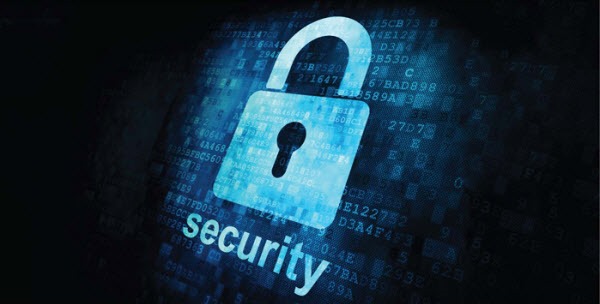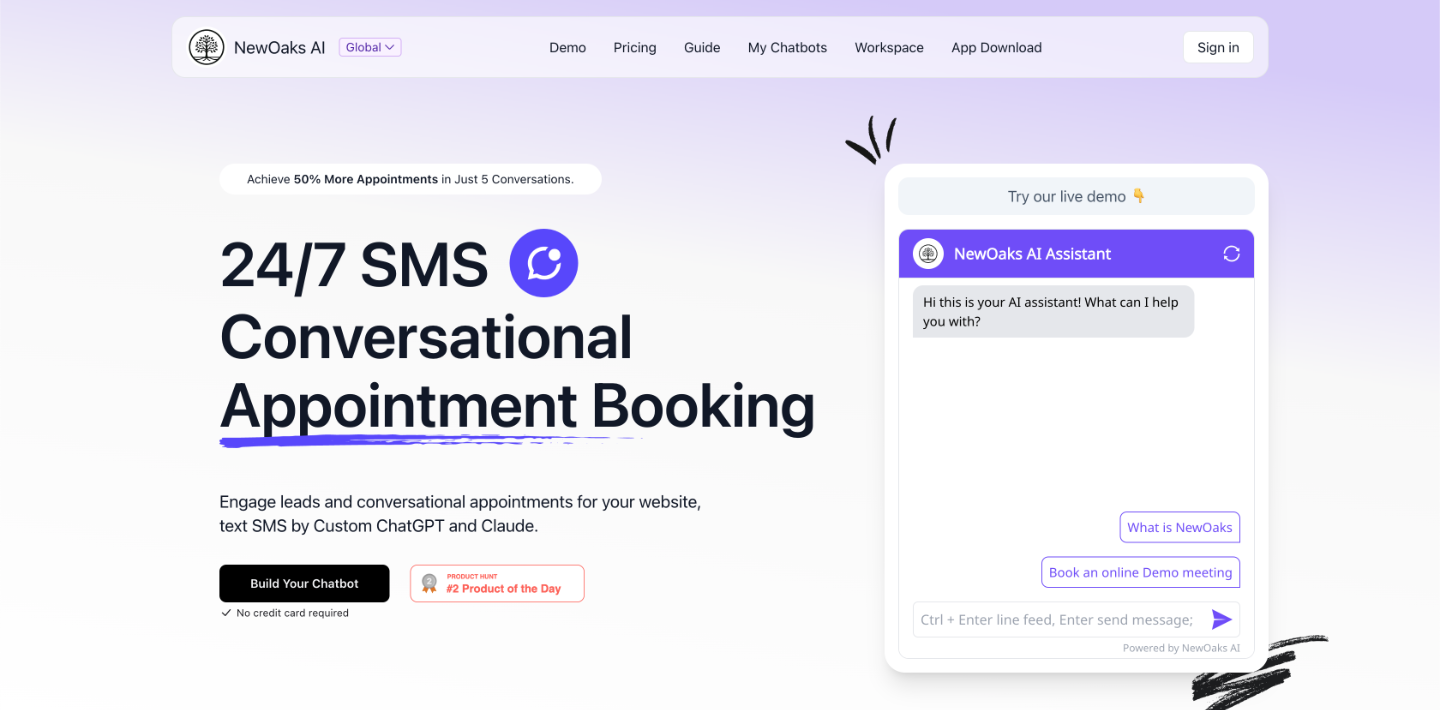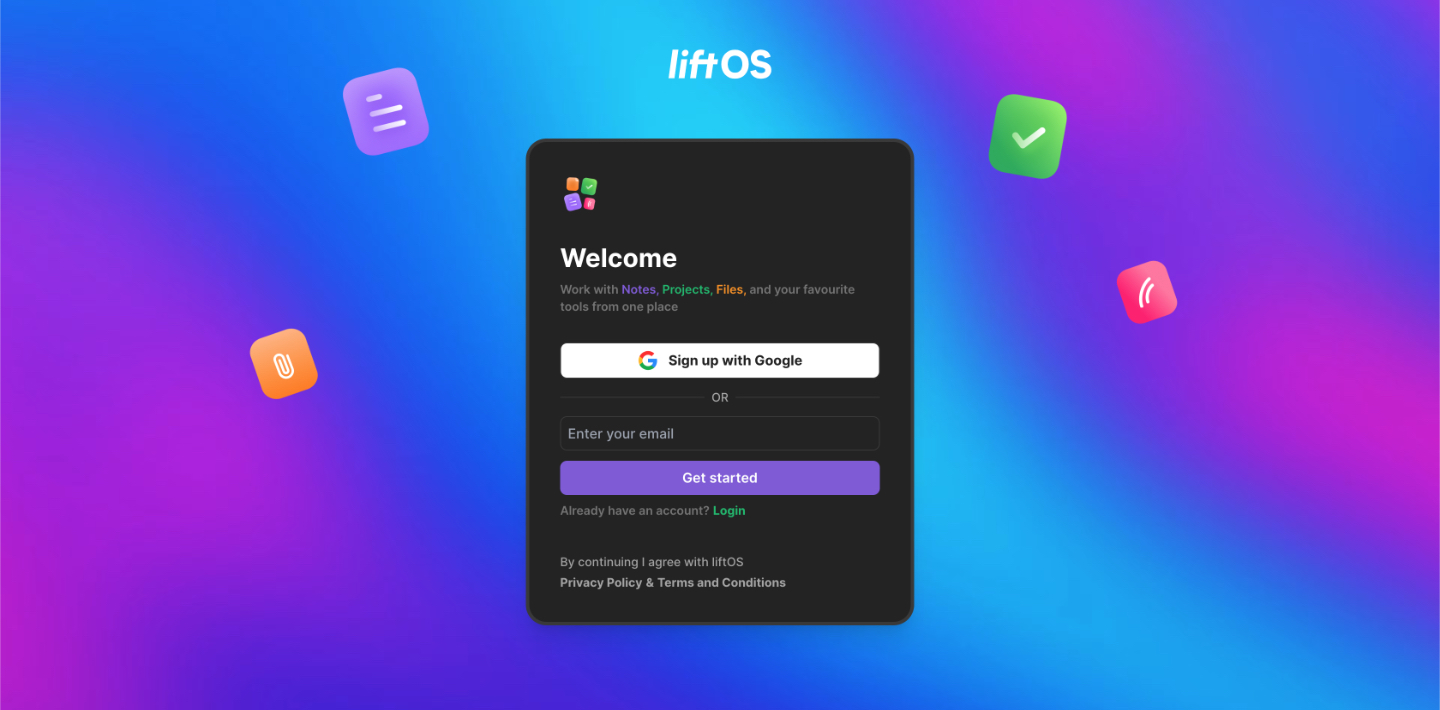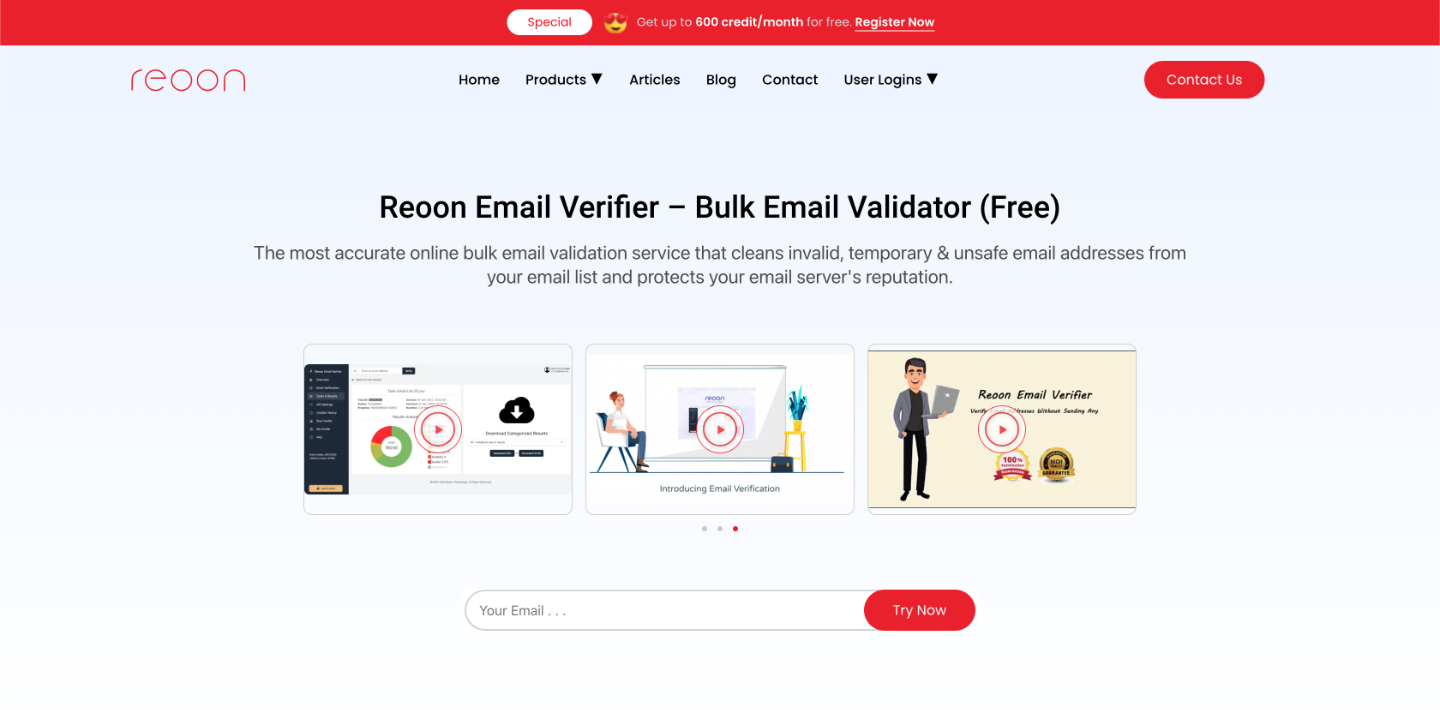
With the use of computers rising every day, it has become imperative for every user, even those using highly secure Mac systems, to follow steps for a security from viruses, scams and other cyber threats. Although, you might be practicing several habits, meant to prevent your system from being hacked, yet there are many undetected viruses that creep into your system, slowing it down or making damages that can’t be repaired.
However, we have researched enough to provide you a five step guide, to help you ensure that you don’t fall a victim to a cyber threat, which are discussed below.
1. Use an Antivirus Software
A virus is a common threat to a system that can creep in through many options, either transparently or hidden behind any valuable file. To nullify the effect and prevent your system from a virus, you must install the latest and reliable antivirus software in your PC. One of the best antivirus software is Bitdefender.Its Tech Assist offers you efficient solutions and self-help options through a 24*7 tech support that you can follow to keep your system safe from any kind of damage.
2. Configure the Firewall
A firewall is a preventive measure that controls the data flow through your PC, keeping hackers out of range and preventing actions of viruses, malware and other threats. Both Mac and Windows OS are provided with basic firewalls, which you should keep ON and updated. You can also choose from a number of other options available offering advanced firewall prevention for your PC like Comodo & Zone Alarm.
3. Mount a tool to remove malware/spyware
Apart from a virus, there are a plenty of other threats like malware, spamware, adware, Trojans and others that can cause a potential damage. Although, most of the antivirus programs are accompanied by anti-malware and anti-spyware programs, you must ensure that you have a reliable and updated program protecting your system from additional threats.
4. Avoid Using Administrative Account
The use of an administrator account should be minimized and replaced with a standard user account, where administrator rights must be accessed only when required. Using a standard account restricts a hacker and makes it difficult for him to get access to the inner functioning of your OS, thus adding some protection to your system. Mac, Linux, Windows Vista & 7 OSs don’t use administrator account by default, while Windows XP does, which you might change to the standard one as soon as possible.
5. Use Strong Passwords
A password is the simplest and the best method to authenticate the user accessing your PC or any other user account linked to it. Using a password is essential, where you need to use a strong password to add more to your protection, while a password will prevent an access to your data from both hackers as well as from thieves. For a better security, you should use a minimum of 10-12 characters, mixing upper & lower case alphabets, numbers as well as symbols in your uniquely defined pattern. You can also replace some alphabets with similar numbers or symbols like to replace ‘S’ with ‘5’, ‘E’ with ‘3’ and ‘I’ or ‘1’ with ‘!’.
Thus, by following the above tips, you can keep your PC safe and secure from hackers, viruses and other cyber threats.















